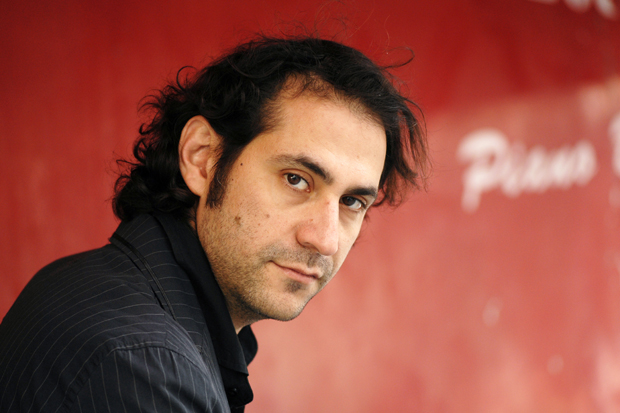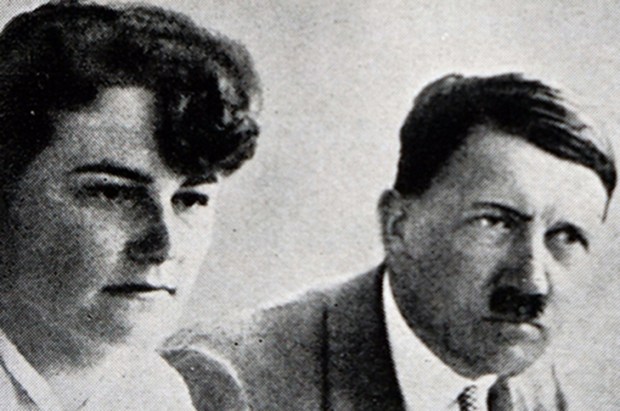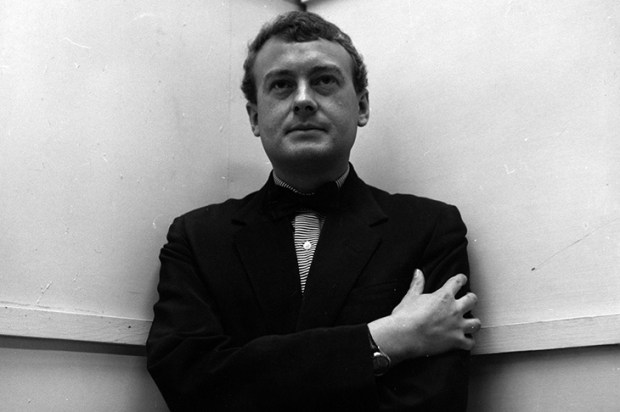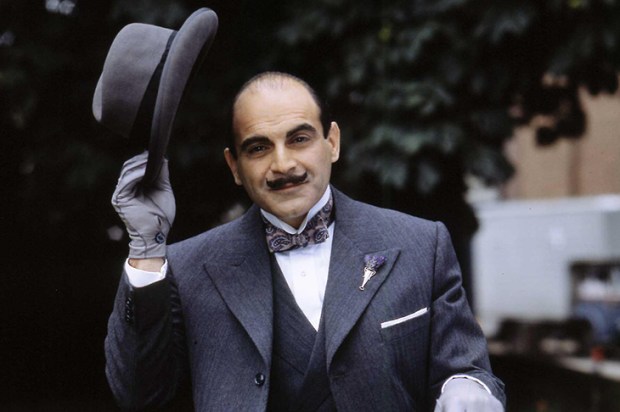Reincarnation has hovered over David Mitchell’s novels since the birth of his remarkable career. His haunting debut novel, Ghostwritten (1999), featured a disembodied spirit that wandered around making itself at home in other people’s souls. Transmigration spread throughout that book — the lives of its characters intertwined in brilliantly intricate ways — and has continued to throughout Mitchell’s fiction. When his characters aren’t being reborn as new people in one book, they’re turning up alive and well for a second outing in another.
His latest, The Bone Clocks, continues the cycle of endless rebirth. Like four out of five of his earlier works, this supernatural, intertwining epic has made it onto the Man Booker longlist. Whatever he got up to in a former existence, Mitchell is clearly possessed of good karma.
Reincarnation is so central to him, in fact, that in The Bone Clocks he hasn’t just brought back a handful of previously seen characters; he has even resurrected the structure of his biggest commercial success, Cloud Atlas (2004). This latest novel is Cloud Atlas reborn in a different body.
Like its spiritual predecessor, The Bone Clocks weaves together the lives of a series of different characters across an extravagant expanse of period and place. However, this time Mitchell has upped the supernatural ante. In The Bone Clocks, human lives aren’t just prey to fate or coincidence. They are closely watched over by a tribe of spirits known as ‘Atemporals’, who constantly hop from one soul to another. ‘I’ve had four Chinese lives,’ says one, trapped on the reincarnation superhighway. ‘My last was in the middle years of the Ming, the 1500s. I was a woman in Kumming.’ Together, these revenant souls form a cabal called Horology.
The novel’s narrative begins in 1984, with a Gravesend teenager, Holly Sykes, discovering that she has psychic powers and stumbling upon a mysterious old lady with white-gold hair: ‘She wore a gown thing. She was beautiful, like a painting.’
Mitchell leaps forward to a scheming Cambridge undergraduate, Hugo Lamb — last seen in the pages of Black Swan Green — who sets about fleecing his richer, posher contemporaries in 1994; then we land in the agonised existence of an English war reporter, Ed Brubeck, embedded in Iraq in 2004, before parachuting into the mid-life crisis of a curmudgeonly literary novelist, Crispin Hershey, who exacts revenge on a rival in 2015, from where we sail even further into the future, to a showdown between good and evil in Manhattan in 2024 (narrated by one of the novel’s Atemporals, called Marinus, who previously appeared as a Dutch doctor in Mitchell’s 2010 historical epic The Thousand Autumns of Jacob de Zoet), before finally crashing back down to earth in a ravaged, post-apocalyptic dystopia in Ireland in 2043.
This restlessness of location (Iceland, Canada, Perth, Shanghai, even, er, the Hay festival) is matched by Mitchell’s restlessness in tearing through period and personality, as if he’s drilling himself through another rigorous creative-writing exercise. Thatcher’s Britain is a riot of Maggie, Scargill and Ritz biscuits. The dystopian future is a world overshadowed by Chinese hegemony and by the fact that (yawn) the planet’s ice caps have melted.
Characters occasionally catch your attention. Brubeck’s marital crisis is engaging, as is the deliciously bitchy Hershey — though he disintegrates into a hideously sophomoric pastiche of Martin Amis, a ‘Wild Child of British Letters’ whose agent, Hal ‘the Hyena’ Grundy, ‘could pluck a £500k book deal as easily as a plug of mucus’. This is student satire masquerading as Booker-level fiction.
The worst thing here by far, though, is the jaw-droppingly undercooked fantasy world with which Mitchell tries to glue together his narrative. The Atemporals, it turns out, are locked in a cosmic conflict with a sect of dastardly spirits called the Anchorites of the Dusk Chapel of the Blind Cathar. That’s not even their full title. If you think that sounds daft, Mitchell has barely got the motor running. ‘ “Give me a minute,” murmurs D’Arnoq, “I need to revoke my Act of Immunity, so we can merge our psychovoltage.” ’
If this merciless, roiling cauldron of third-rate fantasy poppycock doesn’t finish you off, then Mitchell’s ordinary, mortal characters responding to the existence of this baroque spirit world are on hand to tip you over the edge: ‘This is deranged,’ says one; ‘This can’t be right,’ says another; ‘I’m pummelled by guesses,’ moans another. As I said: Booker longlist.
It’s hard to tell what convergence of reasons might have led to this motorway pile-up of a book: dependably loyal fans; publishers’ pressure; watching the godawful film version of Cloud Atlas for inspiration. Who knows?
But the most damning evidence for Mitchell’s own doubts about this project can be found in the mouths of his characters, as if he felt compelled to stow away a series of SOS messages in the novel to show how desperate he was. No fewer than three of his narrators experience success as famous writers. Mitchell has one of them observe that a novelist’s art lies in staring at a computer and ‘panning for gold onscreen by deleting bucketloads of crap’. The universe has yet to explain why Mitchell stared at the advice on his own screen and chose to ignore it.
Got something to add? Join the discussion and comment below.
Get 10 issues for just $10
Subscribe to The Spectator Australia today for the next 10 magazine issues, plus full online access, for just $10.
Available from the Spectator Bookshop, £16. Tel: 08430 600033
You might disagree with half of it, but you’ll enjoy reading all of it. Try your first month for free, then just $2 a week for the remainder of your first year.














Comments
Don't miss out
Join the conversation with other Spectator Australia readers. Subscribe to leave a comment.
SUBSCRIBEAlready a subscriber? Log in